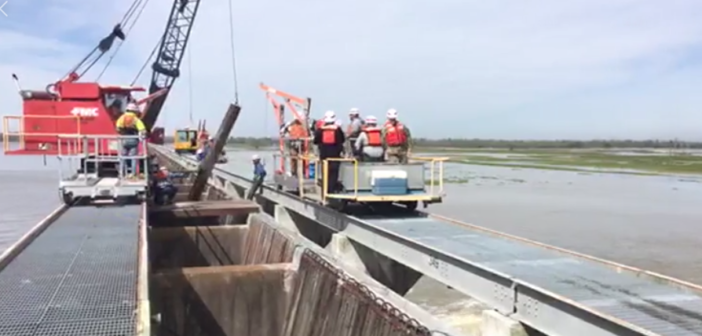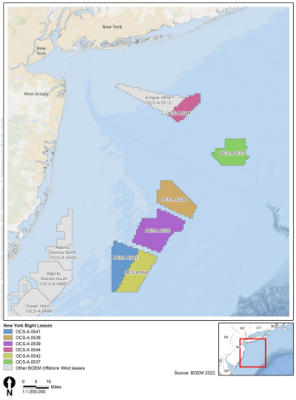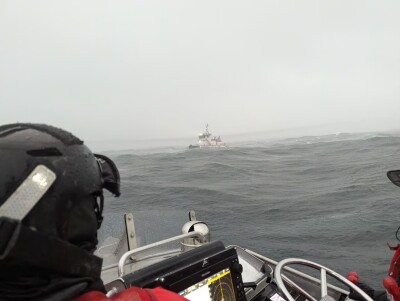The Corps of Engineers is expected to close all bays (gates) of the Bonnet Carré Spillway on the Mississippi River within the next seven to 10 days.
On Feb. 27, the Corps decided to open the spillway to ensure safe passage of the Mississippi through the greater New Orleans area. Operation of the structure, located about 33 river miles above New Orleans, is relieving pressure on main line levees, maintaining river stages, and regulating the flow downriver from the spillway.
The Corps' Mississippi Valley Division, New Orleans District (MVN) closed 24 bays on the Bonnet Carré Spillway on Wednesday, according to the Big River Coalition. (The Big River Coalition is a group committed to ensuring the future of navigation on the Mississippi River Ship Channel (MRSC) as one of the U.S.’s fundamental natural resources.)
The MVN manages the opening and closing of bays to ensure the maximum flow at New Orleans remains at/or below the trigger point flow of 1.25 million cu. ft. per second (cfs). Today’s maximum flow projection is 1.347 million cfs. The projection is based on the measured flow at Red River Landing, with timing adjusted for downriver.
The spillway is part of the multistate Mississippi River and Tributaries (MR&T) system, which uses a number of features to provide flood risk reduction to the Mississippi Valley from Cape Girardeau, Mo., to Head of Passes, La. It can divert a portion of the river’s floodwaters via Lake Pontchartrain into the Gulf of Mexico, thus allowing high water to bypass New Orleans and other nearby river communities. The structure has a design capacity of 250,000 cfs, the equivalent of roughly 1.87 million gps.
The MVN will continue to oversee the operation of the spillway as a flood control structure in accordance with the approved Bonnet Carré Spillway Water Control Manual. As of yesterday, 152 of the 350 bays remain open. During the recorded crest, 206 bays were opened and the maximum flow at Red River Landing was estimated to be 1.455 million cfs.
The operation of the Bonnet Carré Spillway is artificially controlling the extended crest now reduced to 16.6' (approximately). The present conditions and updated forecasts for the Carrolton Gauge indicate a slow fall has begun. The stage is expected to reach 12.6' on April 24.





